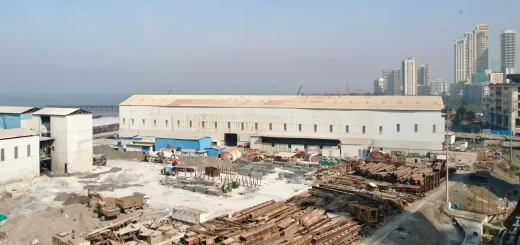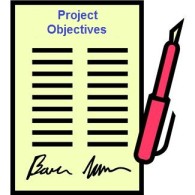Project scope is the framework for making further calculations on cost and time. Without properly set scope for a project it is impossible to make accurate cost and time estimations. If you state the wrong scope for your project, the constraints of cost and time will also get wrong. In that case the entire project implementation process will get under risk of failure because the constraints do not fit into the requirements initially determined and approved by the key stakeholders at the Project Setup phase.
That’s why it is critical for success to set up the right scope for your project. There is a process for stating project scope. When you initiate a new project, you must undertake the process for developing a scope statement document. Such a document determines all the tasks and activities to be done for producing the final product of the project, within predefined boundaries and assumptions.
Note that stating the scope for a project does not mean calculating individual/overall durations and estimating accurate costs of the project implementation process. Project scope stating means a consistent process for setting up a common understanding of what is in and out of the project. When we talk about project scope statement, we focus on the deliverables to be produced upon completion, the product scope fitting with stakeholder requirements, the boundaries of the project, and the assumptions and constraints.
The Project Scope Statement section of the Project Implementation Guide is dedicated to describing the ways for defining project boundaries, identifying project deliverables, setting product scope, collecting stakeholder requirements, making assumptions and defining constraints. The section includes the next articles:











